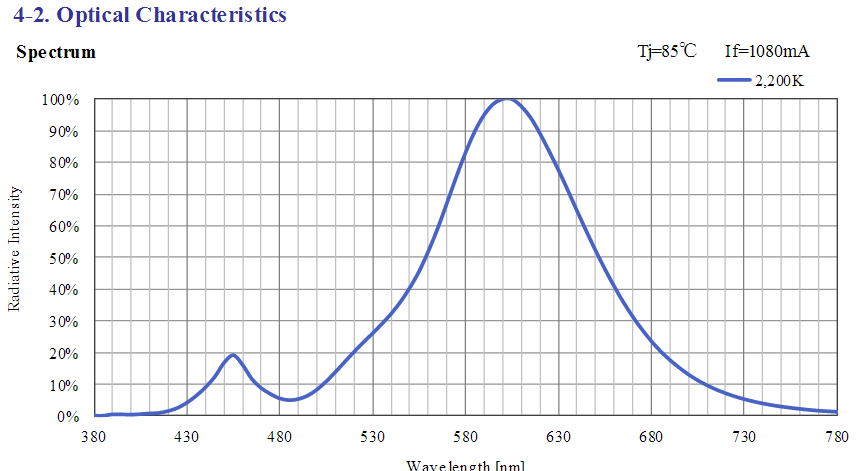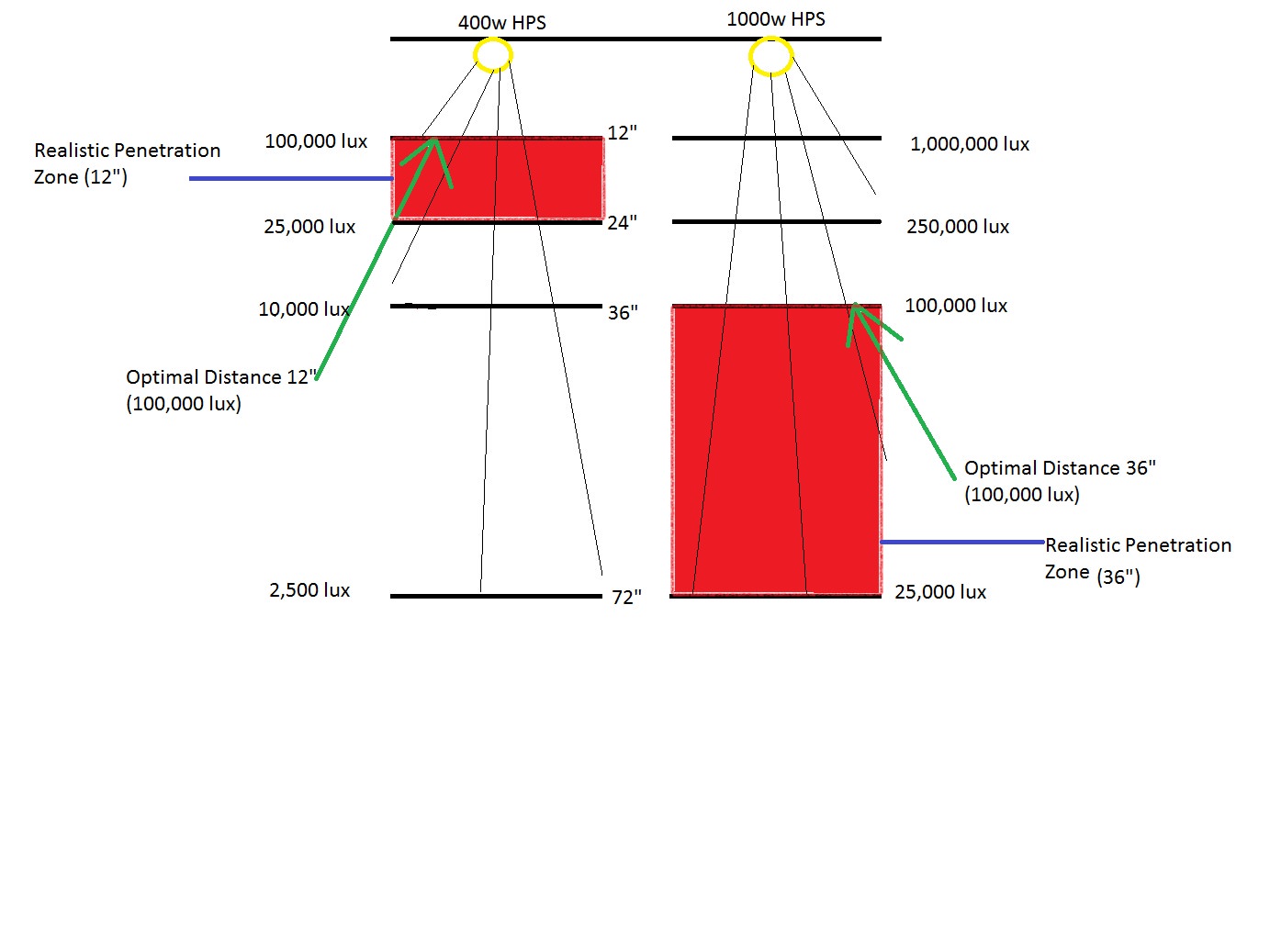skoomd
Well-Known Member
I just found out that hortilux makes a 600w ceramic HPS lamp.
Spectrum looks interesting, yet awful as so much energy is wasted past 700nm. Interesting because of the huuuuuge green spike, followed by no yellow, leading into massive reds

But then we get to the efficacy, as well as PPFD data from growershouse.
32,500 lumens from a 600w bulb = 54.16 lumens per watt
And the YPFD avg. from growershouse is 206 μmol/sec/m2 whereas the PPFD avg. from growershouse is 185 μmol/sec/m2.
What the fuck is this? Seems like the worst grow light on the market, and at 450$ it's not cheap. Am I missing something? Who would ever use this?
Spectrum looks interesting, yet awful as so much energy is wasted past 700nm. Interesting because of the huuuuuge green spike, followed by no yellow, leading into massive reds

But then we get to the efficacy, as well as PPFD data from growershouse.
32,500 lumens from a 600w bulb = 54.16 lumens per watt
And the YPFD avg. from growershouse is 206 μmol/sec/m2 whereas the PPFD avg. from growershouse is 185 μmol/sec/m2.
What the fuck is this? Seems like the worst grow light on the market, and at 450$ it's not cheap. Am I missing something? Who would ever use this?



